I have an article on the Boeing Space Freighter in the latest issue (July/August 2011) of “Horizons,” the newsletter of the Houston AIAA chapter. Free to download here:
http://www.aiaa-houston.org/Newsletter.aspx
The post below (originally posted HERE) is far shorter than the “Horizons” article.
The 1970′s saw the first major “oil crisis.” The prospect of a world without cheap oil led NASA to seriously contemplate solar power satellites… satellites the size of Manhattan in geosynchronous orbit; covered in solar cells, these satellites would beam hundreds of megawatts of power down to Earth via microwaves.
Something the size of a city could not be conveniently launched atop small launch vehicles. Instead, the cargo launchers would need to be vast… hearkening back to the Post-Nova/Post-Saturn designs from the early 1960′s.
One such design was Boeing’s “Space Freighter,” a two stage manned and winged vehicle. The first stage was powered by rocket engines burning liquid oxygen with methane; the second stage used LOX and hydrogen. The first stage was equipped with turbojets to allow it to fly back to the launch site; the second stage was a glider, but had the advantage of being able to return at will from low Earth orbit like the Shuttle, and thus was able to glide to the chosen landing site.
Vast as this vehicle was, it still only managed roughly the same payload as the Post-Saturn vehicles from 15 years earlier, with less ability to grow more capable versions.
Scale comparison of the Space Freighter with the Shuttle, Saturn V and a smaller heavy lifter.
————
Heavy Lifter options and evolution
———–
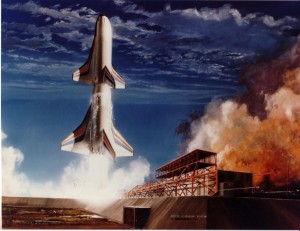
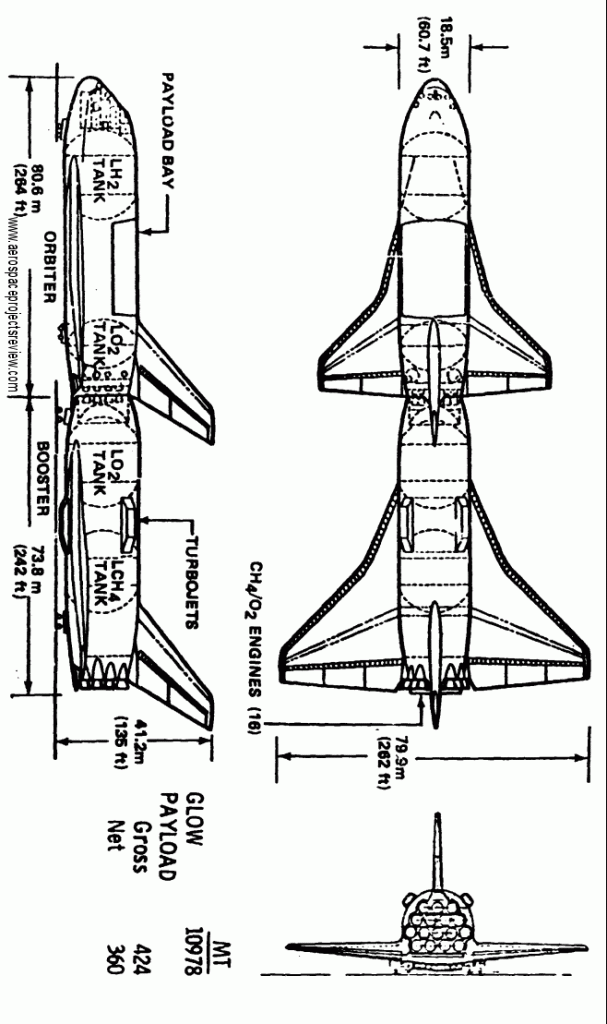
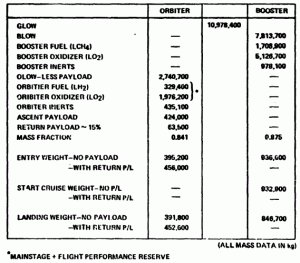
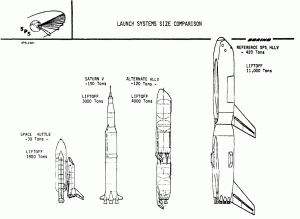
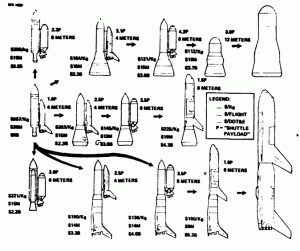
With Starship/SuperHeavy…you might wish to update this. Perhaps Bezos could find Boeing to do this….